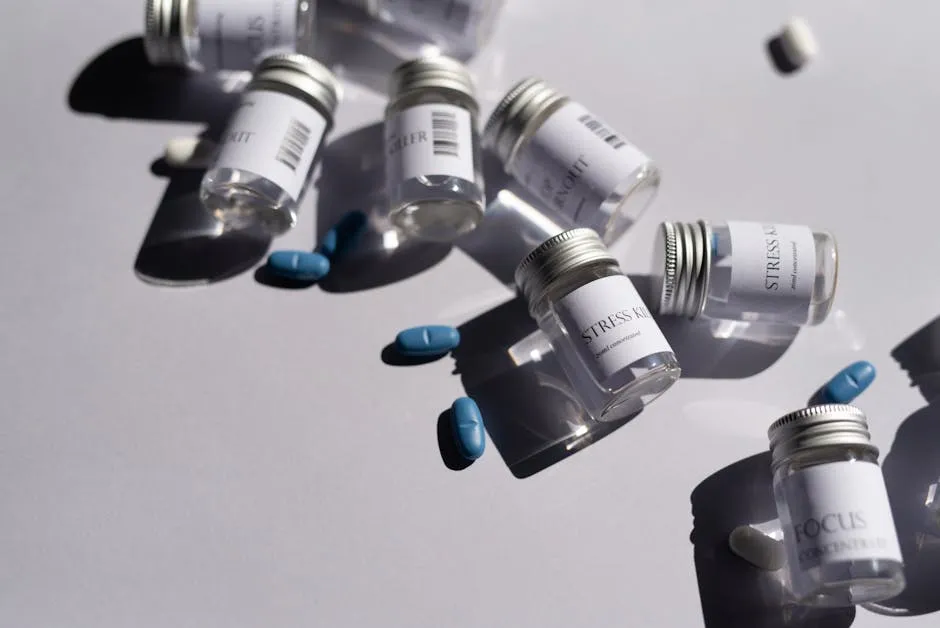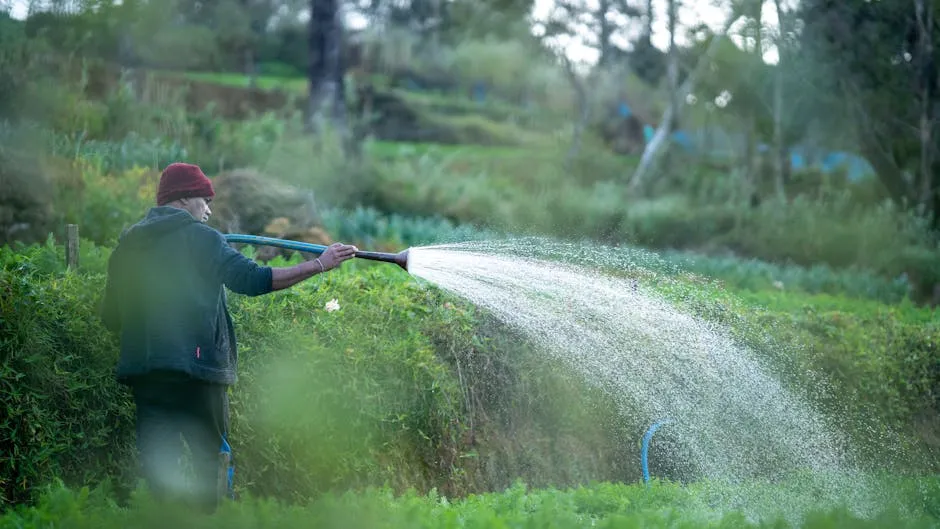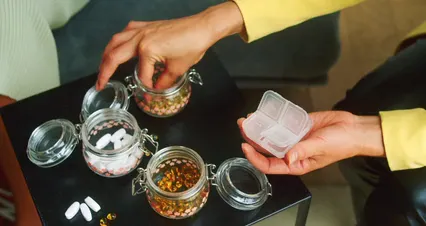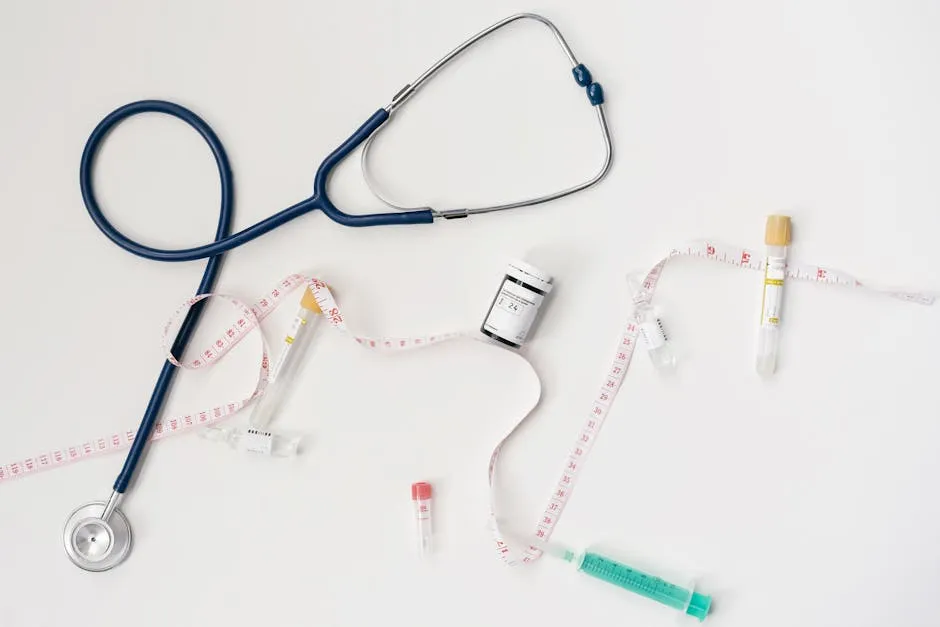
Understanding Why Cucumber Plants’ Leaves Turn Light Yellow: Causes and Solutions
Introduction
Have you noticed your cucumber plants’ leaves turning light yellow? This is a common concern among gardeners. Identifying the cause is crucial for effective treatment. In this article, we’ll discuss the reasons behind light yellow cucumber leaves and provide practical solutions.
Summary and Overview
Maintaining healthy cucumber plants is vital for a bountiful harvest. Yellowing leaves can signal problems that may affect yield. Key causes include nutrient deficiencies, pests, diseases, and environmental factors. Understanding these issues helps gardeners take proactive steps to ensure plant health.
Common Causes of Light Yellow Cucumber Leaves
Nutrient Deficiencies
Cucumber plants require essential nutrients for optimal health. Nitrogen, potassium, and iron play critical roles. A nitrogen deficiency often leads to pale or yellowing leaves, affecting overall growth. Potassium deficiency manifests as yellowing at the leaf edges, while iron deficiency causes new leaves to yellow but keeps veins green.
Symptoms include yellowing leaves and stunted growth. To address these issues, conduct soil testing to identify nutrient levels. Incorporate balanced fertilizers based on the deficiencies detected. Regularly adding compost can also enhance soil fertility and improve plant vigor.

One excellent choice for an all-purpose nutrient boost is Miracle-Gro Water Soluble All Purpose Plant Food. This product can help restore your plants’ vigor, making them green and happy again!
Soil testing is essential for understanding nutrient deficiencies in your cucumber plants. soil testing guide
Pests
Cucumber plants often fall victim to several pests. Common culprits include aphids, spider mites, and cucumber beetles.
Aphids are small, pear-shaped insects that suck sap. This action weakens plants, causing yellowing leaves. They can also spread diseases, further stressing your plants. Spider mites are tiny and may cause stippling on leaves. They usually spin fine webs underneath foliage. Cucumber beetles, on the other hand, eat leaves and can spread bacteria.
These pests contribute to yellowing leaves by sapping nutrients. When they feed, they remove essential fluids, leading to nutrient deficiencies. Additionally, they can introduce diseases that compromise plant health.
To manage pests, consider using insecticidal soaps. These soaps effectively suffocate pests without harming your plants. Introducing natural predators like ladybugs can also help keep aphid populations in check. Regularly inspect your plants for early signs of pest infestations. You can find effective solutions like Garden Safe Insecticidal Soap for your gardening toolkit!

For more information on managing pests, check out our guide on common pests in japanese friendship gardens and how to control them.
Diseases
Several diseases can lead to yellowing leaves on cucumber plants. The most notable include Cucumber Mosaic Virus, Downy Mildew, and Fusarium Wilt.
Cucumber Mosaic Virus manifests as mottled yellow-green leaves and stunted growth. Infected plants cannot recover, so it’s essential to remove them to prevent disease spread. Downy Mildew appears as yellow spots on leaves, eventually turning brown. This fungus thrives in humid conditions, so ensure adequate air circulation around your plants. Fusarium Wilt starts with yellowing lower leaves that progress upward. Unfortunately, infected plants cannot be saved and must be discarded.

To treat these diseases, promptly remove infected plants. For Downy Mildew, applying fungicides can help manage outbreaks. Spacing plants correctly can also reduce humidity, inhibiting fungal growth. For natural remedies, consider exploring natural remedies for common plant diseases.
To help you combat these pesky diseases, the Bonide Neem Oil is a fantastic organic option that helps control a variety of diseases and pests!
Understanding how to manage diseases in your garden is crucial. Check out our natural remedies for common plant diseases for effective solutions.
Watering Issues
Watering practices significantly impact cucumber plant health. Both overwatering and underwatering can cause yellowing leaves.
Overwatering can suffocate roots, leading to root rot. This condition prevents roots from absorbing nutrients. Symptoms include yellowing leaves and wilting. Conversely, underwatering causes leaves to curl and turn brown at the edges. In severe cases, plants may drop leaves entirely.
Proper watering is crucial. Cucumbers need about 1 to 2 inches of water weekly. Ensure your soil has good drainage to prevent waterlogging. Use mulch to retain moisture and regulate soil temperature.

To monitor moisture levels, insert your finger about two inches into the soil. If it feels dry, it’s time to water. A consistent watering schedule is key to maintaining healthy cucumber plants. Consider using a Soil Moisture Sensor to help you keep track of your plants’ hydration needs!
Sunlight Requirements
Cucumber plants thrive on sunlight, requiring at least six hours daily. This exposure is crucial for photosynthesis, helping leaves produce the energy they need. Without enough light, leaves may turn yellow and growth can stall.
Insufficient sunlight causes stress in cucumber plants. They struggle to photosynthesize properly, leading to unhealthy foliage. If you notice yellowing leaves, check their light conditions. Are they shaded by taller plants or structures?
To improve light exposure, select a sunny spot for your cucumbers. If growing indoors, consider using grow lights. These artificial lights can supplement natural sunlight, ensuring your plants receive adequate light even on cloudy days.

Enhance your indoor gardening experience with an Hydroponic Grow Light to ensure your plants get the best light possible!
If you’re growing indoors, using grow lights can significantly enhance your plants’ health. Learn more in our plant grow lights guide.
How to Diagnose and Treat Yellowing Leaves
Step-by-Step Diagnosis
Diagnosing yellowing cucumber leaves involves a few steps. Start by observing where the leaves are yellowing. Is it just a few older leaves or the entire plant? This can indicate different issues.
Next, check for pests. Look closely at the undersides of leaves for any small insects. Assess nutrient levels by testing your soil. A nutrient imbalance can cause yellowing. Finally, evaluate your watering practices. Over- or underwatering can lead to similar symptoms.

Treatment Solutions
Nutrient Management
If you suspect a nutrient deficiency, specific fertilizers can help. For nitrogen deficiency, use a balanced fertilizer with a higher nitrogen content. This will help leaves regain their green color.
During flowering, consider adding a phosphorus-rich fertilizer to support growth. If iron deficiency is present, foliar sprays with iron can rapidly correct the issue.
Timing is essential. Apply fertilizers according to your plant’s growth stages. Fertilizing regularly during the growing season will help maintain healthy cucumber plants and vibrant green leaves.
Consider using the Neptunes Harvest Fish & Seaweed Fertilizer for a natural boost to your plants’ nutrient intake!

Pest Control Methods
Effective pest management is crucial for cucumber plant health. Start by regularly inspecting your plants. Look for common pests like aphids, spider mites, and cucumber beetles. Early detection is key. If you spot pests early, you can take swift action to prevent further damage.
Consider using insecticidal soaps or neem oil. These products are effective against many common pests. They work by suffocating insects without harming your plants. Additionally, introducing natural predators, such as ladybugs, can help control pest populations. Always monitor your plants closely, especially during warm months when pests thrive.

Early intervention is vital. If left unchecked, pests can quickly multiply and cause significant damage. Regular monitoring ensures you catch any infestations before they become severe. Protecting your cucumber plants from pests will help maintain their health and vibrant green leaves.
For a comprehensive guide on pest management, consider the Organic Pest Control for Gardeners Book to equip yourself with knowledge!
Disease Management
Identifying diseases in your cucumber plants early is essential for effective treatment. Look for signs like yellow spots, wilting, or unusual leaf patterns. Common diseases affecting cucumbers include Cucumber Mosaic Virus, Fusarium Wilt, and Downy Mildew.
For each disease, specific symptoms help with identification. For instance, Cucumber Mosaic Virus shows mottled leaves. Fusarium Wilt starts with yellowing of lower leaves. Downy Mildew presents as yellow spots that turn brown. Quick action can prevent spread to healthy plants.

Preventative measures can significantly reduce disease risk. Ensure your plants have good air circulation by spacing them properly. Water at the base to keep leaves dry and minimize fungal issues. Using resistant varieties can also provide extra protection.
To help manage your garden effectively, consider the The Vegetable Gardener’s Bible by Edward C. Smith as an excellent resource for disease management!
When to Seek Professional Help
Knowing when to seek expert advice can save your cucumber plants. If you notice persistent yellowing or widespread plant decline, it’s time to act. Don’t hesitate to ask for help if you’re unsure about the problem. Consulting local extension services or experienced gardening experts can provide valuable insights.
Expert advice can help diagnose issues that may not be apparent. They can recommend appropriate treatments tailored to your specific situation. Remember, early intervention can make a significant difference in recovering your cucumber plants. Don’t wait until it’s too late to seek help.

If you want to keep your gardening experience organized, consider using a Gardening Journal for Planning to track your plant health and care routines!
FAQs
What causes cucumber leaves to turn light yellow?
Cucumber leaves may turn yellow due to several factors. Nutrient deficiencies, especially nitrogen and iron, often lead to yellowing. Pests like aphids and spider mites sap the plant’s vitality, causing stress. Diseases such as Cucumber Mosaic Virus and Downy Mildew also contribute to this issue. Environmental stressors, including overwatering and insufficient sunlight, can further exacerbate yellowing.
Should I cut off yellow cucumber leaves?
Yes, you should consider cutting off yellow leaves. If leaves are brown or wilting, removal helps the plant conserve energy. However, if the yellowing results from nutrient deficiency or water issues, leaves may recover with proper care.
How can I prevent yellow leaves on my cucumber plants?
Prevent yellow leaves by ensuring proper watering practices. Water consistently and avoid extremes. Regularly check for pests and diseases, and use balanced fertilizers to maintain nutrient levels. Additionally, ensure your cucumbers receive adequate sunlight by planting them in a full-sun location.
Can yellowing leaves recover?
Yes, yellowing leaves can recover if addressed early. If the issue is nutrient deficiency or watering, improving care may restore leaf health. However, if leaves are infected or severely damaged, removing them is best for the plant’s overall health.
How often should I water cucumber plants?
Cucumber plants generally need 1 to 2 inches of water weekly. This amount includes rainfall. Monitoring soil moisture is essential; water when the top two inches of soil feel dry. Consistent watering promotes healthy growth and prevents yellowing.
What are the best fertilizers for cucumber plants?
Balanced fertilizers, such as those with an NPK ratio of 5-10-10, work well. For nitrogen deficiencies, consider ammonium nitrate during the flowering stage. Additionally, applying compost improves soil health and provides essential nutrients.
How can I identify diseases affecting my cucumber plants?
Look for symptoms like yellow spots, wilting, or unusual leaf patterns. Cucumber Mosaic Virus shows mottled leaves, while Downy Mildew creates yellow spots that turn brown. Early identification is crucial for effective treatment and preventing disease spread. Regular inspections help catch problems early.
Please let us know what you think about our content by leaving a comment down below!
Thank you for reading till here 🙂
All images from Pexels



